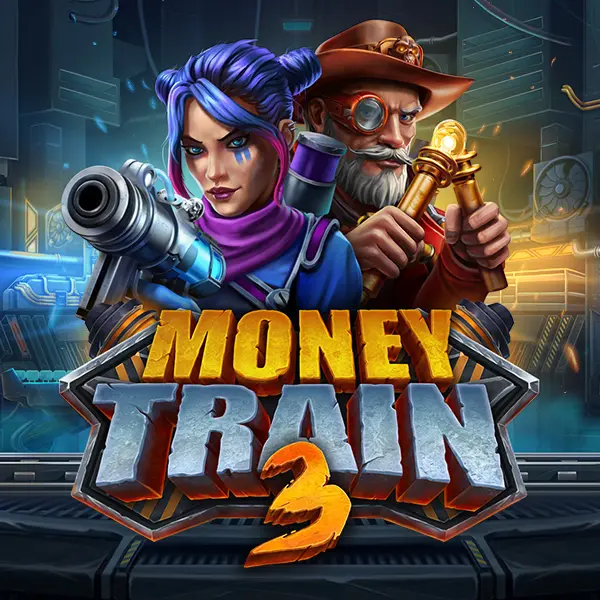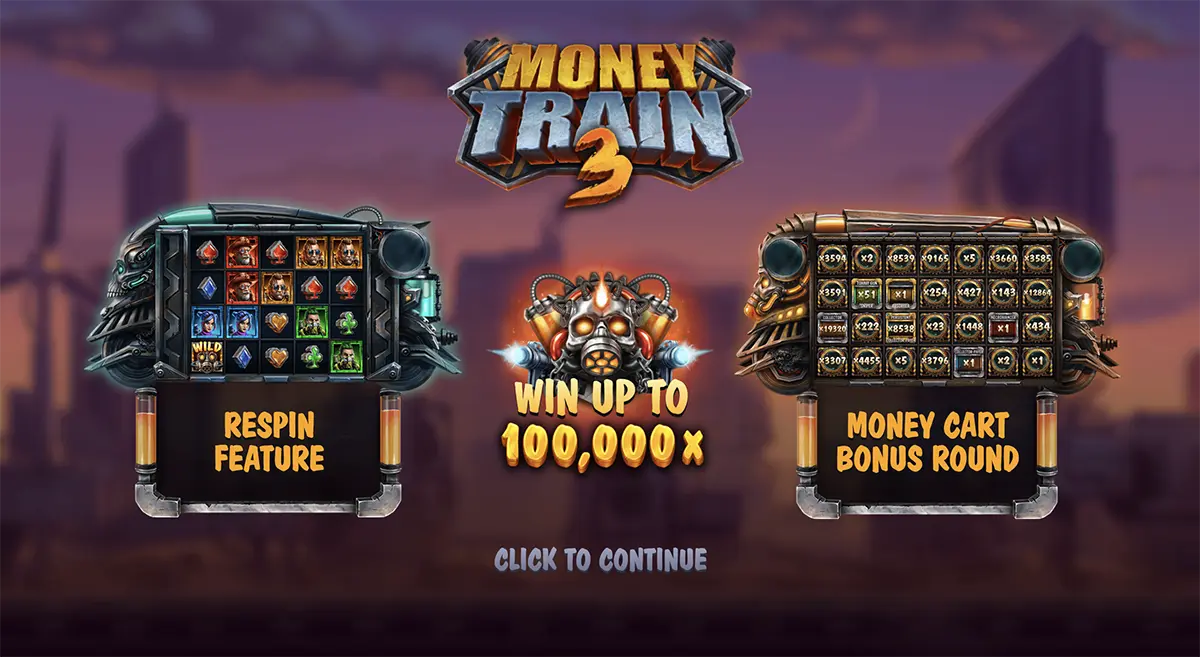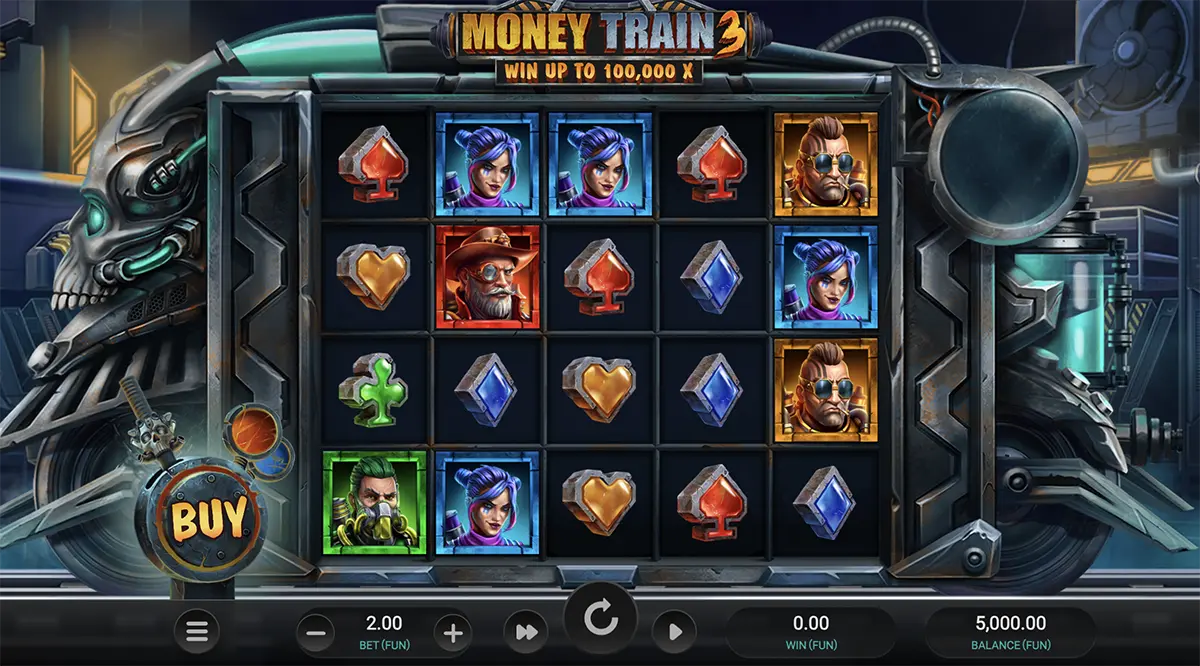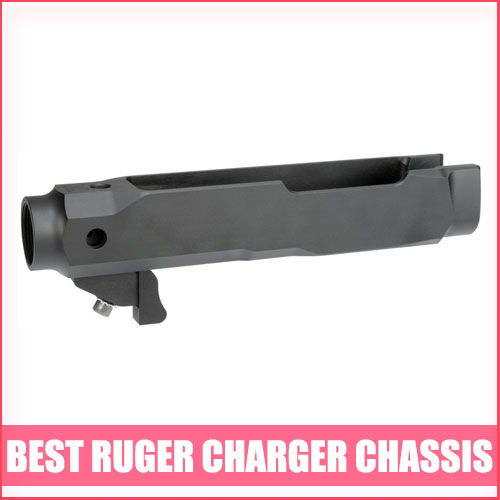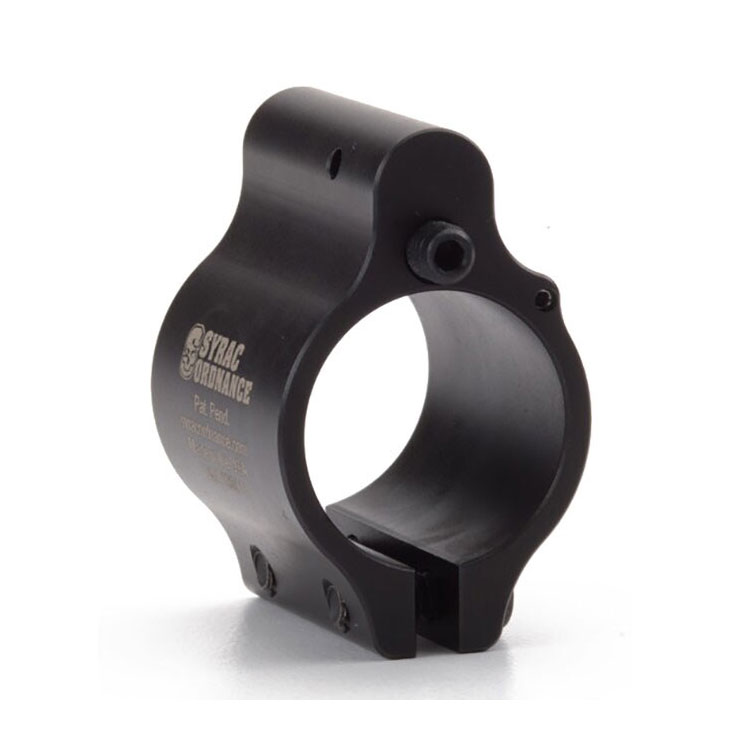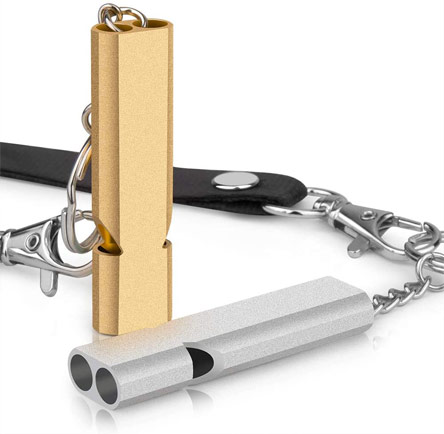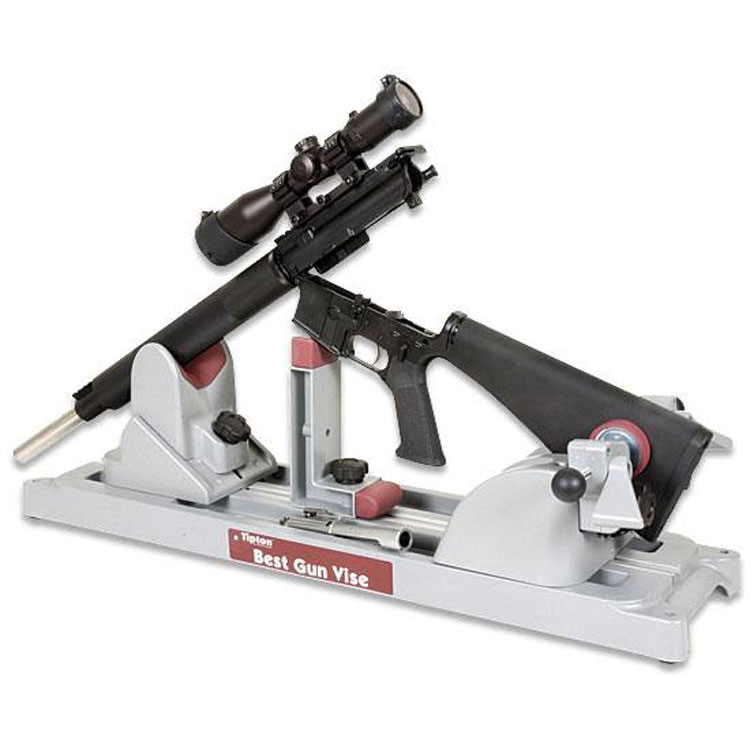ROTORM DEBRIEF: Is Money Train 3 the Ultimate High-Stakes Heist?
I remember the first time I loaded Money Train 3. The screen felt cold, like it was running on diesel fumes and bad decisions. No friendly colors, no casino “fun time” atmosphere, just this metallic world that looks like it survived something terrible and didn’t fully recover. Some slots try to entertain you. This one stares back and waits to see if you flinch.
People keep calling it a masterpiece. I’m not saying they’re wrong, but let’s be honest: most players don’t understand why they love it. They just saw someone hit a win that looks like fake Photoshop numbers and decided it must be “the best.” That’s not analysis. That’s hopium. This review isn’t here to sing around a campfire — I want to know if the game actually earns its reputation or if it’s just another cult slot feeding on screenshots and ego.
So consider this a breakdown, not a press release. We’ll look at how it behaves when it’s cold, when it starts breathing, and when it loses its mind completely. No hero worship. No sales pitch. Just a realistic look at whether Money Train 3 deserves to be called the king of high-stakes bonus-driven slots or if it’s secretly a beautifully engineered balance evaporator waiting to eat your patience bone-dry.
Game Specifications
Before digging into the emotional rollercoaster, let’s pin down the raw specs. No hype, no dramatic trailer voice. Just the sheet that every player should look at before they even think about touching a high-volatility slot like this. If these numbers already feel uncomfortable, you’re probably not the target audience — and that’s fine. But if they make you lean in, stay close.
Provider: Relax Gaming
Risk Profile (Volatility): High
ROE (RTP): 96.1%
Max Win: 100,000x
Key Intel: Money Cart Bonus Round, Re-Spin Feature, Persistent Special Symbols, Bonus Buy
If you’re new, these stats might look normal. They’re not. Any slot with a six-figure potential multiplier comes with a hidden warning label that might as well say: “You can go 40 minutes without seeing anything interesting… and then suddenly your entire screen turns into a spreadsheet of pure chaos.”
Phase 1: Infiltration — The Base Game Grind
This is where most players lose patience. The base game feels like creeping through a war-torn alley with nothing but silence, dust, and the suspicion that something nasty is waiting around the corner. Wins? Yeah, they exist, but they’re more like small crumbs you pocket while heading toward the real objective — the Money Cart.
Then there’s the Re-Spin feature — and this is where things get interesting. Sometimes a random symbol gets pinned to the reels, triggering a single re-spin that feels minor… until it isn’t. That sticky symbol can snowball into a direct entry to the bonus, and the tension hits weirdly hard. One spin, no breathing room, no warm-up. You’re suddenly inches from the vault door without even realizing how you got there.
If you’re impatient or easily annoyed, this phase will test you. It’s less “fun arcade spin-fest” and more “long-walk-with-whispers-in-the-radio-static.” Some players hate it. Others swear it’s the fuel that makes the eventual breakout feel twice as powerful.
Phase 2: Execution — The Money Cart Bonus Round
When the bonus finally drops, the whole energy flips. No small talk. No warm-up spins. You’re thrown straight into a heavy, industrial metal cage with three starting values and exactly three spins of life. Land anything new — anything at all — and the counter resets. Miss three times, mission over, door slammed, lights off.
The magic here isn’t just the numbers. It’s the drip-feed panic. Every new symbol feels like oxygen returning to the room. Every empty spin feels like someone loosening the air valve on your helmet. This is why players chase it — not because it’s “fun,” but because it feels like real escalation.
The Heist Squad: Operator Breakdown
You’re not spinning random icons here — you’re trying to assemble the right crew. Each symbol is a specialist with its own personality, and if you ignore them, you lose. Simple as that.
The Collector
Takes every value on the screen and stores it as his own. Think of him as the inventory officer who keeps growing in power — slow, steady, dangerous once compounded.
The Sniper
Picks 3–8 other symbols and doubles their value. Not flashy, but if you land him next to strong companions, he can blow the roof off your multiplier chart.
The Collector-Payer
A strange hybrid — takes everything like the Collector, but then redistributes his boosted total back into the squad. Weirdly heroic, slightly suicidal, incredibly useful.
The Necromancer
Revives exhausted assets like they’re disposable cyborgs. Sometimes revives the wrong one, sometimes the perfect one — chaotic genius energy.
Persistent Symbols (Elite Tier)
These are the gods. They trigger every single spin until the end of the mission. If you land a Persistent Sniper or Persistent Shapeshifter, your entire bonus transforms into a supernatural numbers machine. Rare, addictive, ridiculous.
The Tactical Deployment Option: Bonus Buy Analysis
Some players hate the crawl, others crave the build-up — and then there’s the third group who say “skip the noise, drop me straight inside.” That’s where the Bonus Buy becomes the red-button choice. Expensive, tempting, and strangely rational if you’re the kind of operator who believes time is just another currency to burn through.
Buying your way into the Money Cart is basically a parachute deployment over enemy territory instead of hiking there with canned soup and quiet footsteps. It removes the “maybe tomorrow” feeling and swaps it with “we’re doing this now, no turning back.” Feels great. Also feels stupid. Depends on the day, honestly.
The typical deployment packages:
- Standard Buy (≈100x) — baseline entry, same layout as a natural trigger; solid for testing waters.
- Advanced/Persistent Entry (≈500x+) — starts the mission with a Persistent Operator; mega-expensive, borderline reckless, but loaded with potential for ridiculous escalation.
Is it worth it? Depends on:
– your bankroll discipline
– your emotional temperature
– your tolerance for watching five-hundred-times-stake evaporate in less than 40 seconds
Some call it insanity. Others call it cutting the nonsense and playing the game the way it was meant to be played — loud, direct, and with consequences.
Final Sit-Rep: Conclusion & Verdict
Money Train 3 isn’t your average dopamine toy. It rewards players who actually enjoy slow building pressure, unpredictable pacing, messy outcomes, and the kind of bonus that turns your pulse into Morse code. It feels engineered — like someone tried to design adrenaline with a calculator.
Calling it “good” feels too polite. Calling it “dangerous” feels accurate but incomplete. It lives in that rare space between math puzzle, psychological endurance test, and full-scale smash-and-grab fantasy.
So… is it the ultimate high-stakes heist slot? If your brain is wired for pattern hunting, value stacking, long-shot payoff chasing, and you’re not afraid of multi-minute silence before a single insane moment — yeah, it’s pretty damn close.
Approach with respect. Commit with clarity. Don’t mistake fantasy for income — and never play this one in a hurry.
Operator Inquiries — FAQ
Affiliate Disclosure: Rotorm.com sometimes gets paid for listings, through sponsors or affiliate programs like Amazon, Optics Planet, Lucky Gunner, Brownells, Cabelas, Rainier Arms, 5.11 Tactical, Bass Pro Shop, etс. Clicking a link helps keep Rotorm.com free, at no extra cost to you!
About the author: Each article on our site is written by experts in survival and tactical equipment, gun enthusiasts, extreme travelers, military, law enforcement and desperate professionals, read about the author at the bottom of the article or visit "About Us" page.
Note: The views and opinions expressed in this article are those of the authors and do not necessarily reflect the official policy or position of any agency.

